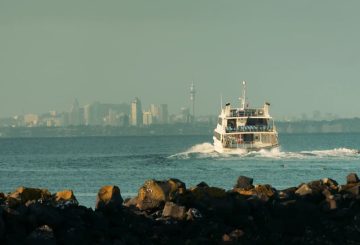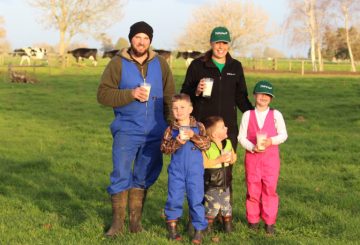Сплетни — обычное явление на рабочем месте, которое часто рассматривается как способ скоротать время. Однако эти разговоры могут оказать большее влияние на наши рабочие отношения, чем мы думаем. Эффект сплетен может быть положительным или отрицательным, в зависимости от того, как человек, слушающий сплетни, интерпретирует намерения сплетника.
Сплетни на рабочем месте, представляющие собой неформальные разговоры об отсутствии коллег, часто воспринимаются как непродуктивные или вредные. Но недавние исследования показывают более сложную картину. Некоторые исследования показывают, что сплетни могут привести к дружбе, в то время как другие говорят, что они могут навредить отношениям. Наше исследование показывает, что эти противоречивые результаты могут быть вызваны неправильным пониманием роли сплетен в формировании социальных отношений на работе.
Мы сосредоточились на людях, слышавших эти сплетни, и спросили, как они воспринимают эти разговоры и как это повлияло на их отношения с коллегами. Чтобы понять сплетни на рабочем месте, мы использовали три концепции. «Точка зрения обмена опытом» предполагает, что сплетни объединяют коллег по принципу взаимных уступок, когда информация передается в обмен на социальную поддержку. С точки зрения «информации о репутации» рассматривается вопрос о том, как сплетни формируют мнение слушателя о человеке, о котором сплетничают. Под «валентностью сплетен» понимается, являются ли сплетни положительными или отрицательными.
В нашем исследовании изучалось, как сплетни влияют на мнение слушателя о том, кто делится сплетнями. Мы собрали данные с помощью письменных отчетов и интервью, в которых подробно описывалось, как сплетни повлияли на отношения с точки зрения слушателя.
Наши результаты показывают, что очень важно то, как слушатель воспринимает сплетни. Если слушатель считает, что сплетник искренен и честен, эти сплетни могут привести к новой дружбе или укрепить уже существующую. Интересно, что мы обнаружили, что негативные сплетни могут быть более эффективными для налаживания дружеских отношений, чем позитивные, если слушатель считает, что сплетник искренен.
Если слушатель считает, что сплетник делится полезной и точной информацией на благо других, доверие растет, а рабочие отношения укрепляются. Однако если сплетник считает корыстными намерения, доверие падает, а шансы на установление дружеских отношений невелики.
Наше исследование показывает, что сплетни — это не просто пустые разговоры, а ценный и потенциально опасный социальный инструмент. Мы часто сплетничаем, не задумываясь о том, зачем мы это делаем, но наше исследование показывает, что другие обращают пристальное внимание на причины, по которым мы сплетничаем. Поскольку мы не можем контролировать, как другие интерпретируют наши намерения, важно хорошенько подумать, прежде чем делиться сплетнями.





























































